The Internet of Things (IoT) is becoming an increasingly important aspect of several industries. The healthcare industry is no exception, and its impact on the vertical is multiplying with passing time. It helps optimize workflows for healthcare providers and doctors through medical IoT devices.
While IoT in healthcare industry often brings to mind smart sensors and, ultimately, smart hospitals, the possibilities go far beyond these. IoT enables healthcare organizations to offer personalized, accessible & precise services. Various healthcare segments, from hospitals and clinics to elderly care and home health services, are leveraging the Internet of Medical Things (IoMT) to improve patient outcomes and operational efficiency. From remote health monitoring to transmitting real-time alerts, IoT applications in healthcare are transforming the way care is delivered.
In this post, we will discuss the importance of IoT in healthcare through trends, benefits, use cases, used technologies & much more. So, let’s get started!
IoT in Healthcare Market Insights
- The global market for IoT in the healthcare industry is expected to grow from $175.61 billion in 2024 to $822.54 billion in 2032 at a CAGR of 21.3% [1]. Among the global markets, Asia Pacific alone had a major market share of 40.32% in 2023.
- The international wearable devices market will likely reach $151.8 billion by 2029 and grow at a CAGR of 27.5% [2] from 2024 onwards.
- The connected medical devices market could grow over 19.3% CAGR & reach USD 172.90 billion by 2030 [3].
- The market for remote patient monitoring will reach USD 4.07 billion by the end of 2030, growing at 8.74% CAGR [4].
- The global IoMT market is expected to grow from $60 billion in 2024 to $814.28 billion by 2032 at a CAGR of 38.5% [5].
IoT Use Cases in Healthcare
While there are many applications of IoT in healthcare, here are some of the crucial ones here.
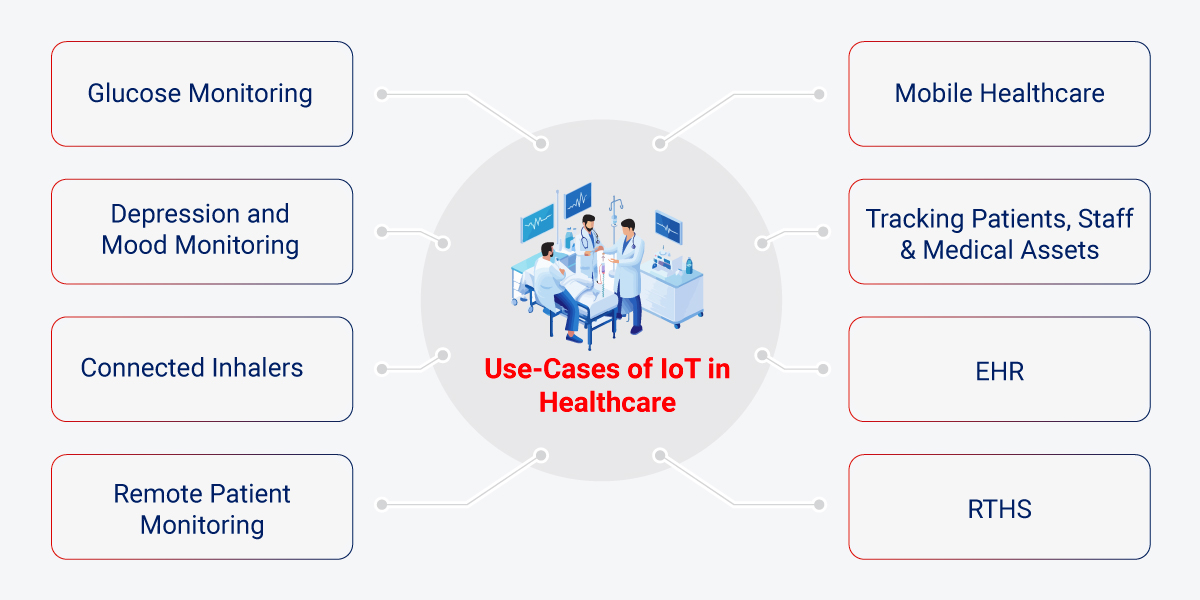
Glucose Monitoring:
It is one of the most important IoT use cases in healthcare. This solution plays a crucial role in tracking diabetes by continuous, automatic monitoring of blood sugar levels on a regular basis from home. Effective diabetes management minimizes the risk of a higher degree of complication and enables a proactive approach to maintaining glucose.
Depression and Mood Monitoring:
IoT-based mood awareness solutions use integrated sensors to collect health data such as heart rate, blood pressure, and sleep patterns. These enable healthcare providers to supplement traditional mental healthcare. Through these smart devices, healthcare service providers can gather in-depth mental wellness metrics, identify patterns earlier, and take targeted actions to drive better patient outcomes.
Connected Inhalers:
These turn traditional inhalers into smart IoT-integrated medical devices that help patients with respiratory conditions such as asthma and CO PD. The data-driven insights gathered by continuous tracking of medication usage and monitoring inhaler techniques provide real-time data on inhalation habits, medication reminders, and better disease management.
Remote Patient Monitoring & Care:
The medical IoT device collects and monitors patients’ vital signs and health metrics (heart rate, temperature, and more) from remote locations rather than requiring a hospital visit. Usually utilized for chronic conditions or post-hospital care, doctors can obtain this data via custom software, conduct analysis, and send medical advice. They can also track the need for immediate medical attention and the diversion of the patient from the prescribed healthcare routine.
Mobile Healthcare:
Mobile apps for healthcare IoT devices transfer basic health data concerning the medical conditions or physical activities of patients to smartphones. These apps help physicians give prompt online consultations and enable patients to monitor various health metrics independently without professional assistance.
Tracking Patients, Staff and Medical Assets:
Using IoT devices like RFID tags, BLE (Bluetooth Low Energy) beacons, or wireless ID cards with RTLS (Real-Time Location Systems), medical facilities can track patients and staff & locate inventory/assets. It helps them manage patient admissions and enhance hospital security, locate relevant staff members in case of emergencies and also optimize the reallocation of free resources.
Electronic Healthcare Records System (EHR):
Systems equipped with the Internet of Healthcare Things (IoHT) can help doctors get real-time access to patients’ reports requiring immediate attention. Similarly, patients with chronic issues can contact doctors anytime via IoT-enabled healthcare solutions. While most EHR systems collect static data, we can help you modernize them and integrate IoT to gather & analyze dynamic data as well.
Real-Time Health System (RTHS):
This software solution framework integrates administrative, clinical & operational workflows. It is one of the crucial systems for a modern-day smart hospital. It removes data silos and helps healthcare systems become more situationally aware and get visibility into critical patient events and clinical data. RTHS improves collaboration between operational, clinical & administrative teams and enhances the quality of healthcare services.
While these use cases demonstrate the practical applications of IoT in healthcare settings, understanding their broader benefits helps illustrate their transformative impact on the industry.
Benefits of IoT in Healthcare
IoT benefits in healthcare are realized through applications and intelligent devices that are aimed at helping three primary user groups: medical specialists, patients, and healthcare providers.
Below are some of the vital IoT benefits in healthcare for the users mentioned above. They include but are not limited to the following:
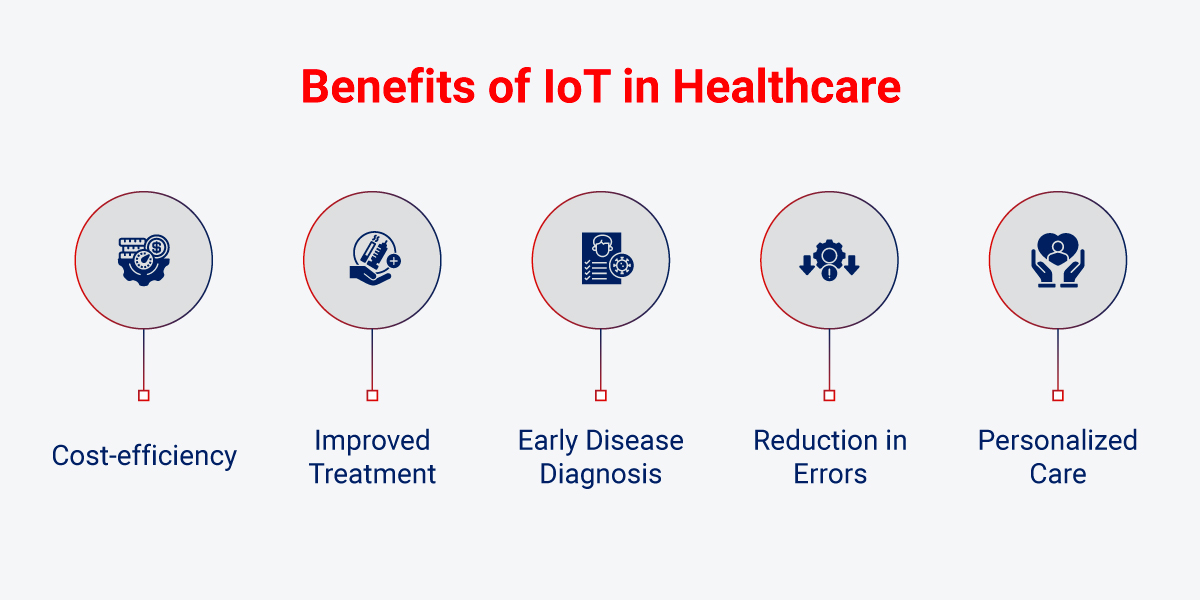
Cost-efficiency
- Remote health monitoring & care with IoT devices & apps cut costs for patients. It reduces hospital stays and frequent doctor visits by allowing non-critical patients to stay at home.
- Healthcare facilities benefit by streamlining & automating many activities & enhancing their staff productivity.
Improved Treatment
- Enables physicians to make evidence-based informed decisions and bring about absolute transparency.
- The statistical data collected from IoT devices help medical care better align with the patient’s real problems. The doctors gain greater visibility for better diagnosis & healthcare planning.
Early Disease Diagnosis
- Supports clinicians to diagnose diseases in their early stages or even before the disease develops with first symptoms, thanks to the analytical capabilities of IoT.
- The doctors get real-time data via continuous patient monitoring to make proactive care decisions.
Reduction in Errors
- IoT captures data generated through devices to enable smooth management of healthcare operations.
- The automated data collection & analysis results in reduced diagnostic errors & better, faster healthcare outcomes.
Personalized Care
- The IoT devices, apps & wearables can be tuned to remind patients about their doctor appointments, calorie count, exercise level, and more.
- The benefits of the Internet of Things in healthcare accrue specifically for elderly patients and people living alone by enabling an alert mechanism. It informs their family members and healthcare providers about the disturbance in their routine.
Challenges & Risks of IoT in Healthcare
Undoubtedly, the importance of the Internet of Things in the healthcare industry is evident among us; however, behind every beautiful story, there are also some hidden struggles. Here, we have a quick list of challenges and risks associated with embracing IoT trends in healthcare.
Data Privacy Concerns
IoT devices in healthcare capture and transmit sensitive patient data continuously, raising serious privacy concerns. Wearables, smart monitors, and similar devices constantly send out data, making it vulnerable to unauthorized access or exposure.
Solution: Secure all patient data with strong encryption and multi-factor authentication, such as biometric verification, to restrict access to authorized personnel.
Patient Confidentiality Risks
Every transmission increases the risk of data breaches. Even a minor data leak can expose sensitive patient information, leading to misuse or unwanted public exposure.
Solution: Apply end-to-end encryption and implement stringent access controls, including two-step verification and regular auditing of access logs.
Data Breach Incidents
The healthcare sector is a frequent target for data breaches, and IoT integration broadens the surface for potential attacks, as each device acts as a potential weak link.
Solution: Set up systems for rapid detection of suspicious activity, conduct regular security checks, and prepare incident response plans to contain breaches swiftly.
Regulatory Compliance (HIPAA, GDPR)
Complying with regulations like HIPAA (U.S.) and GDPR (Europe) is essential for patient data security. With multiple IoT devices involved, meeting these standards can be complex.
Solution: Regularly monitor compliance requirements and conduct audits. Bringing in compliance experts and maintaining adherence to changing regulations can ensure legal security.
Device and Network Vulnerability
As the use of IoT devices expands within healthcare, the risk of device and network vulnerabilities increases. Hackers could exploit these devices as entry points into healthcare systems.
Solution: Update device software regularly, avoid default settings, and require unique, complex logins to limit hacker access.
Lack of Standardization
Different manufacturers use varying communication protocols, making seamless data integration challenging. This lack of standardization leads to security gaps that can be exploited.
Solution: Partner with IoMT specialists who follow established security standards to ensure interoperability and protect data across devices.
Having examined the challenges and their solutions in implementing IoT in healthcare, let’s explore the various types of IoT devices that are transforming the medical landscape.
Type of IoT Devices Used in the Healthcare Industry
We can classify the types of IoT devices based on their use. They include:
- Diagnostic IoHT devices: They help doctors make quick & accurate diagnostics. It includes monitors for glucose, heart rate, hand hygiene, depression, etc.
- Preventive smart devices: Like fitness trackers that help users lead a healthy lifestyle and prevent disease. They also contribute patient data for analytics, leading to the evolution of preventive medicine.
- Treatment-focused devices: They simplify and improve the overall treatment process. Examples include ingestible insulin pumps and sensors, medication dispensers, etc.
While these IoT devices form the foundation of smart healthcare, their capabilities are being continuously enhanced by cutting-edge technological advancements.
Latest Technological Advancements in IoT for Healthcare
The integration of IoT with emerging technologies is giving rise to new possibilities and smarter healthcare solutions.
Artificial Intelligence:
It provides predictive analytics and decision support, enabling early diagnosis and personalized treatment plans. AI algorithms can analyze sensor data from IoT devices, identify patterns, and predict potential health issues before symptoms appear. This is invaluable in managing chronic diseases.
Machine Learning:
ML models trained on IoT-generated data from medical devices can offer advanced diagnostic tools and automate routine tasks. In healthcare, ML enables continuous learning from real-world data, allowing IoT systems to improve accuracy in patient monitoring, detect abnormalities, and personalize recommendations over time, all contributing to more precise and responsive care.
Big Data:
It processes vast amounts of data generated from connected devices. The tools and platforms enable real-time analytics and data aggregation from multiple sources. This helps in identifying trends, optimize treatment protocols, and enhance resource management in healthcare facilities.
Blockchain:
This technology ensures secure, decentralized data storage, which is critical for managing sensitive patient information generated from IoT devices. Blockchain enables secure data sharing across stakeholders while maintaining data integrity. This ensures compliance with regulations like HIPAA, facilitating interoperability without sacrificing privacy.
Cloud Computing:
As the backbone for the entire IoT ecosystem, cloud platforms offer scalable, reliable infrastructure for IoT in healthcare. It allows for seamless data storage, accessibility, and processing. The ability to provide IaaS and PaaS makes it valuable for healthcare providers implementing IoT solutions. Through cloud integration, healthcare providers can access real-time data from IoT devices anywhere, improving collaboration and continuity of care. Cloud services also provide support for AI and ML applications, enhancing IoT capabilities in patient monitoring and data analytics. While cloud computing provides centralized processing power, certain healthcare scenarios require processing closer to the data source, which is where Edge Computing becomes crucial.
Edge Computing:
It enables real-time data monitoring and analysis for faster response times, which allows for rapid clinical decisions. Further, since it minimizes exposure to network vulnerabilities, it helps maintain HIPAA compliance for enhanced data privacy and security. As a significant advancement in healthcare IoT, edge computing helps deliver more secure and reliable patient care.
Rishabh Software's Capability to Build an IoT-enabled Healthcare Solution
We at Rishabh Software help Companies and their healthcare workforce with practical IoT-enabled healthcare systems. The healthcare industry is one of our focus sector verticals, where we have completed complex technology enablement projects.
We make the most of IoT technology, from data collection and analysis to system integration and support. Leverage our IoT application development services to learn how to use them for your IoT implementation.
Here’s a use case from our experience;
Success Story: IoT-powered Asset Tracking Solution for Smart Healthcare
A UK-based indoor mapping service provider serving the healthcare industry wanted to help one of their clients. They were in pursuit of a technology partner to develop a platform that maximizes asset efficiency, improves responsiveness, and minimizes operational losses. With thousands of tools and devices spread across multiple levels, the medical staff lacked the visibility they needed for optimum asset use. Additionally, manual floor plans made it challenging to track movable medical equipment during the need of the hour.
We developed a Real-time Location System (RTLS) for a healthcare facility that faced visibility issues in optimally utilizing medical assets & inventory. With our IoT capabilities, we helped;
Challenges:
- Lack of asset tracking for admin staff on hospital inventory.
- Limited access for nursing staff to locate essential medical assets quickly.
- Outdated maps make facility navigation challenging for visitors
Solution:
- Asset Tracking: BLE tags track equipment in real-time for optimal usage.
- Floor Mapping: XML floor plans converted to 2D maps for digital tracking.
- AI Routing: RUST and heuristics provide accurate, voice-guided routes.
- Geo-zone Placement: GPS-based geofencing with alerts for real-world navigation.
Key Features:
- A digital map for smooth navigation across the network of services, patient rooms, pharmacy & other medical amenities.
- Tracking of used & idle assets with IoT sensors.
- Role-based access for the staff based on hierarchy & confidentiality.
- Voice-based navigation that helps users reach desired destinations while accurately displaying the position & distance of the equipment or location.
Benefits:
- Gained 100% visibility into medical assets with complete control of resources.
- 50% reduction in the time spent navigating the complex facility
Frequently Asked Questions
Q: What is IoT in Healthcare?
A: It refers to a network of inter-connected medical devices, software applications, & hardware infrastructure. Based on the exchange between specific devices equipped with built-in sensors and other tools. The digital healthcare transformation has led to the emergence of the medical IoT or simply the Internet of Medical Things (IoMT).
IoMT deals with smart, sensor-supplemented devices from the medical vertical. They enable the collection & monitoring of patient information to treat them better. While IoT-based healthcare services are popular & accessible, they are implemented across clinical processes.
Q: How Does the Internet of Healthcare Things (IoHT) Work?
A: Usually, IoT products work in four stages. They are all interconnected regarding how the data is captured or processed.
- Phase 1: Interconnected Device Deployment: It would include sensors, actuators, monitors, detectors, and camera systems that collect the data
- Phase 2: Data Digitization: To aggregate & convert the digital form of analog data received from sensors & other devices
- Phase 3: Cloud Migration: After the received pre-processing & standardization, the data is moved to the cloud data center
- Phase 4: Insight Extraction: The application of advanced analytics to this final data after management & analysis helps bring about actionable insights.
Footnotes:
1. https://www.fortunebusinessinsights.com/internet-of-things-iot-in-healthcare-market-102188
2. https://www.globenewswire.com/news-release/2024/10/15/2963602/0/en/Wearable-Medical-Devices-Market-to-Soar-to-151-8-Billion-by-2029-Driven-by-a-27-5-CAGR-from-2024.html
3. https://straitsresearch.com/report/connected-medical-device-market
4. https://www.strategicmarketresearch.com/blogs/remote-patient-monitoring-statistics
5. https://www.fortunebusinessinsights.com/industry-reports/internet-of-medical-things-iomt-market-101844
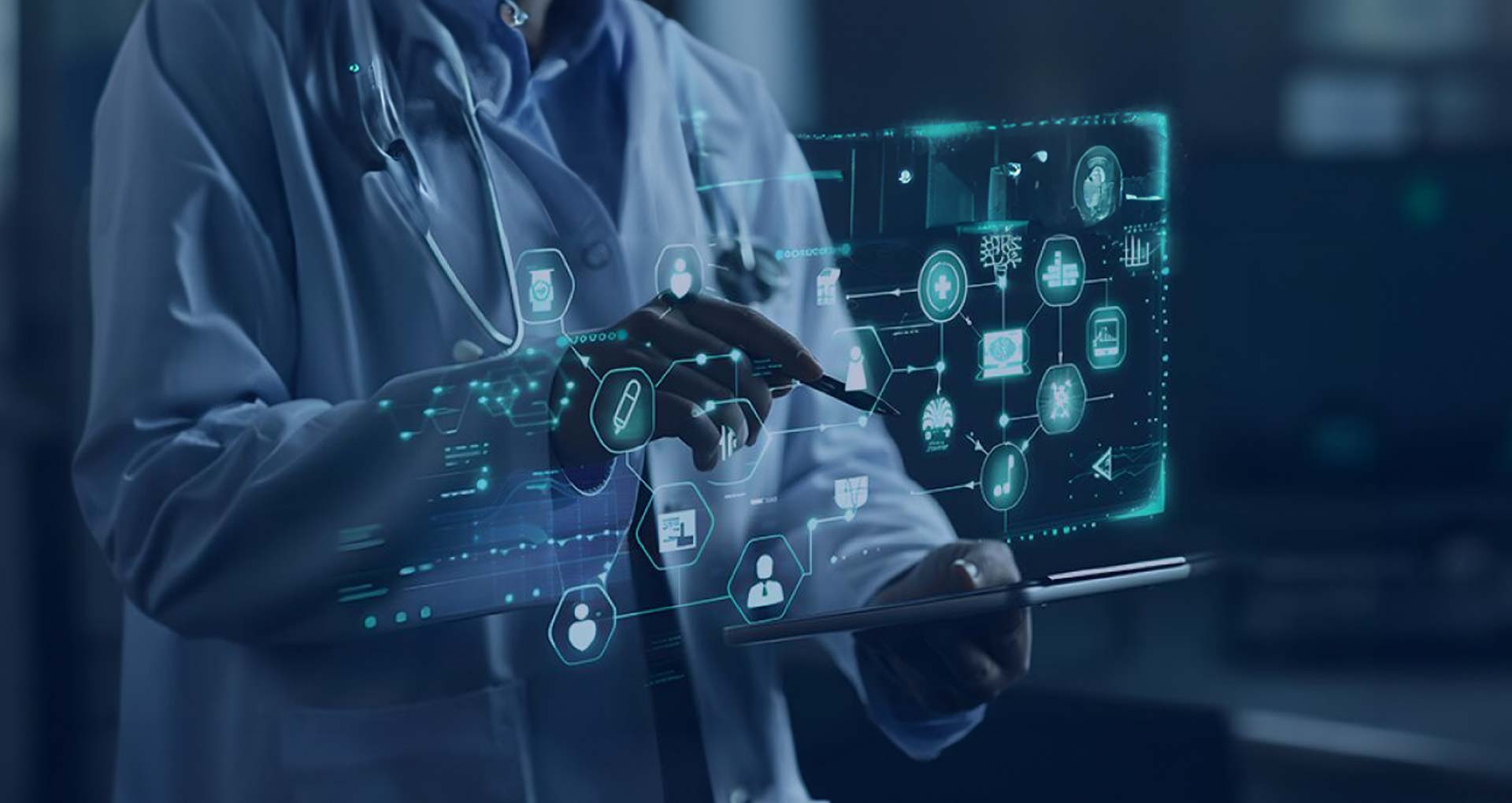
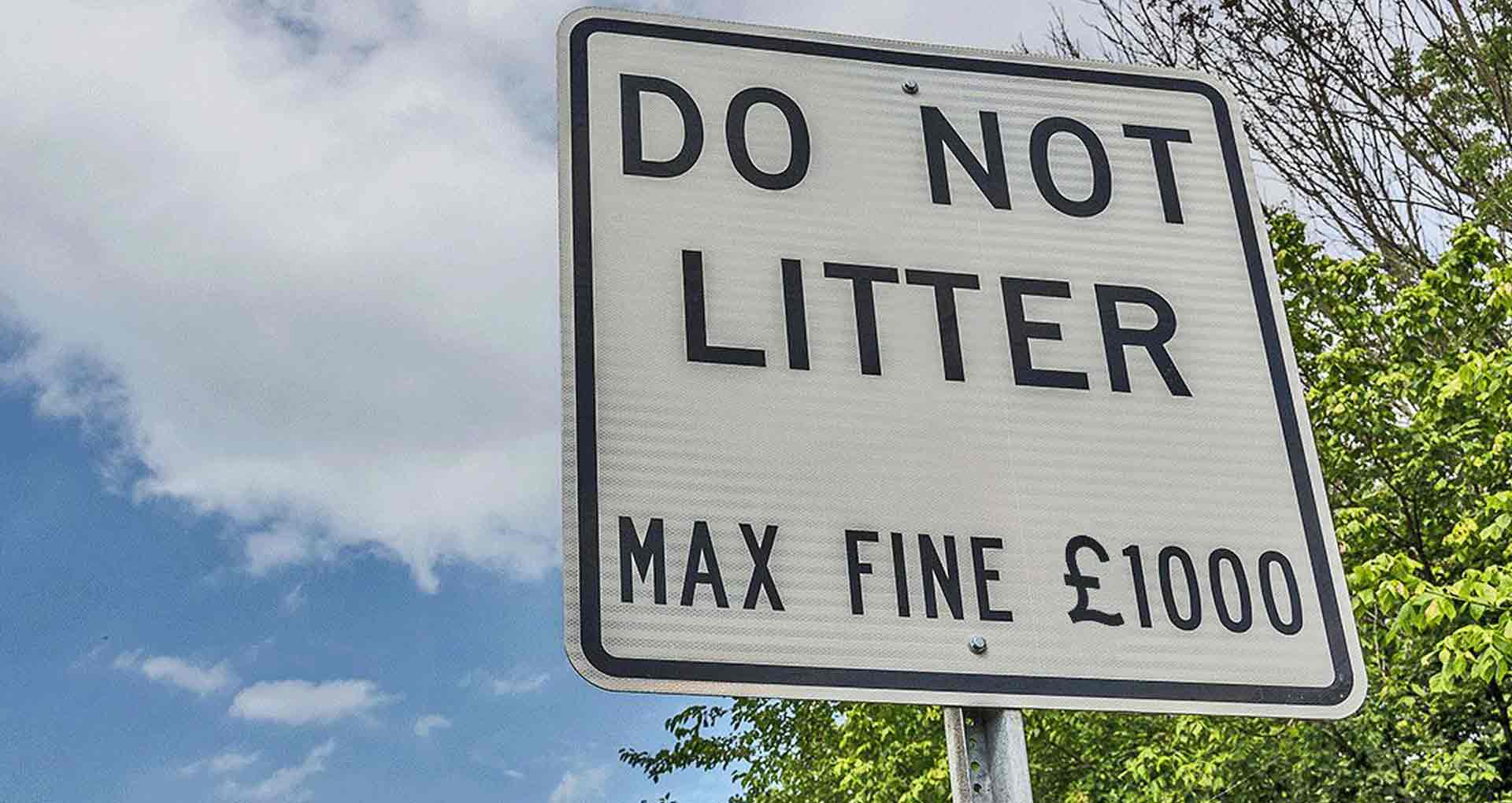
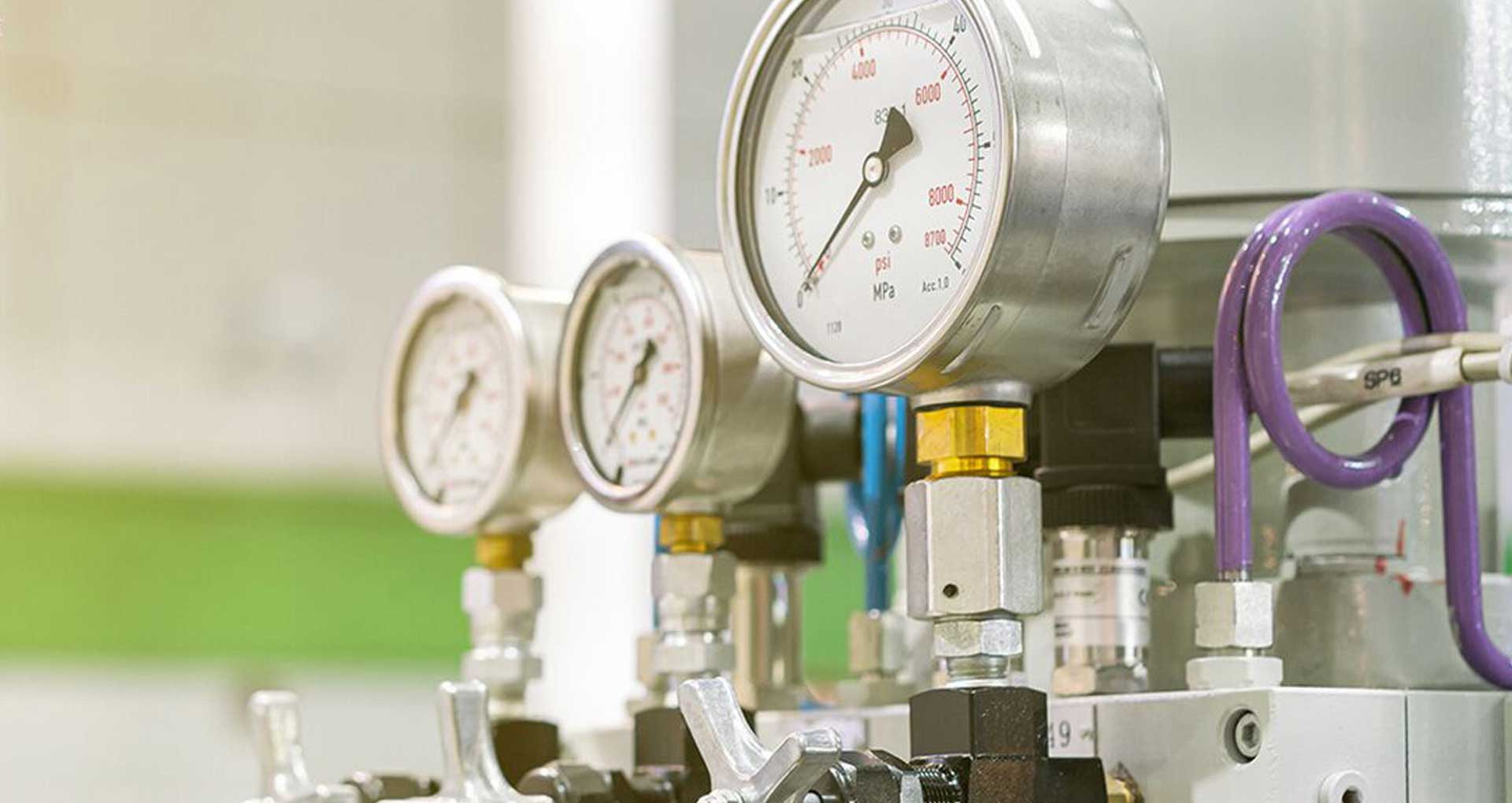
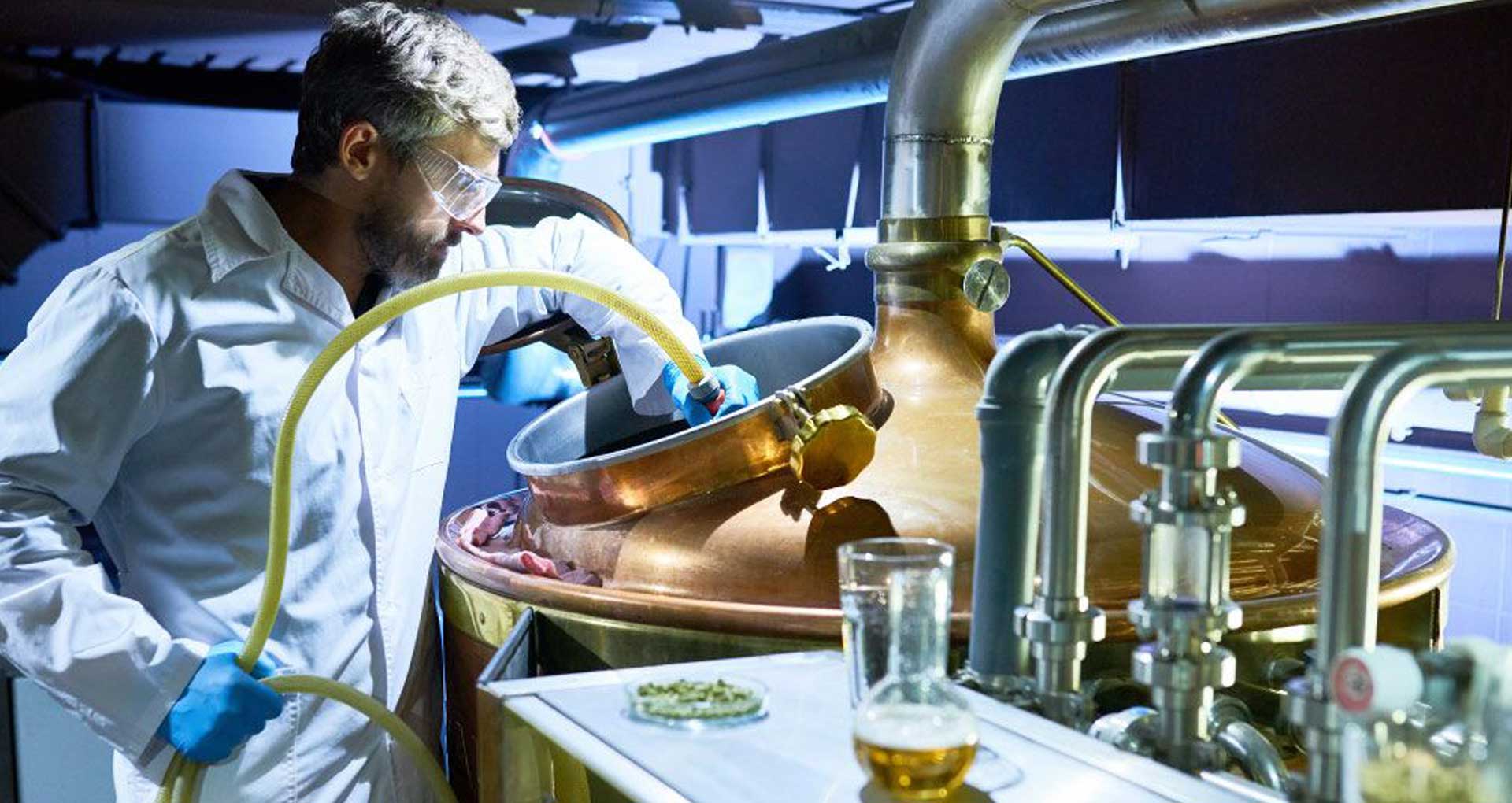
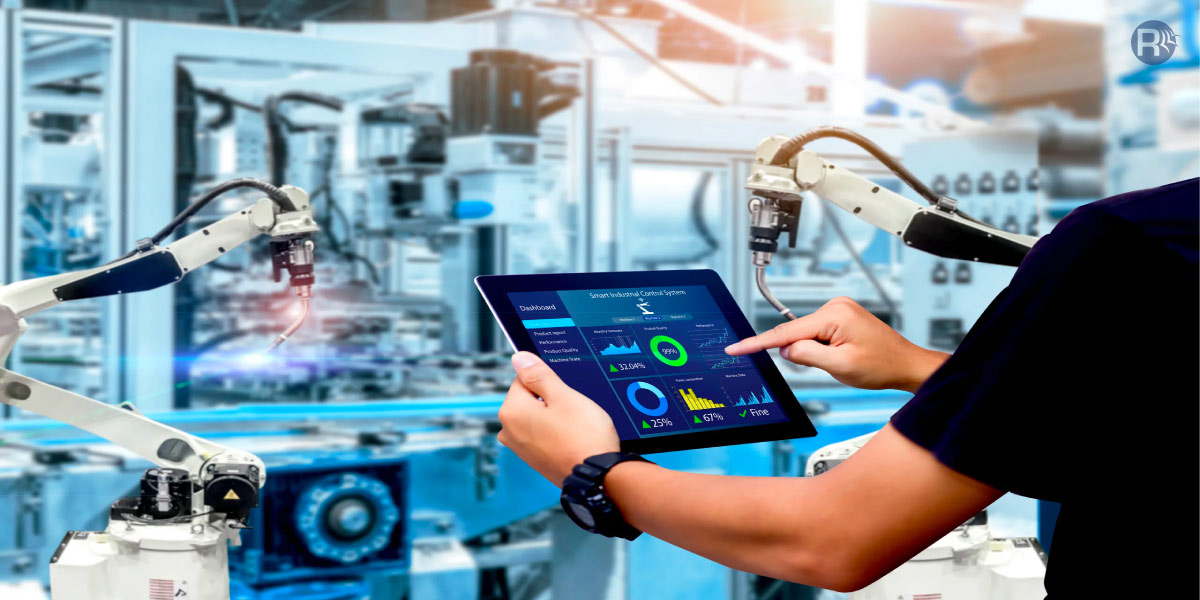
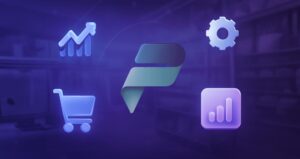




 30 Min
30 Min


